Latvia’s First Stamps Printed on Maps!
On December 18, 1918, war-torn and recently independent Latvia issued its first stamps, printed on the back of German military maps.

On December 18, 1918, war-torn and recently independent Latvia issued its first stamps, printed on the back of German military maps.

Margaret Madeline Chase Smith was born on December 14, 1897, in Skowhegan, Maine. A trailblazing legislator, she was the first woman to serve in both houses of Congress and was one of the longest-serving female US senators.
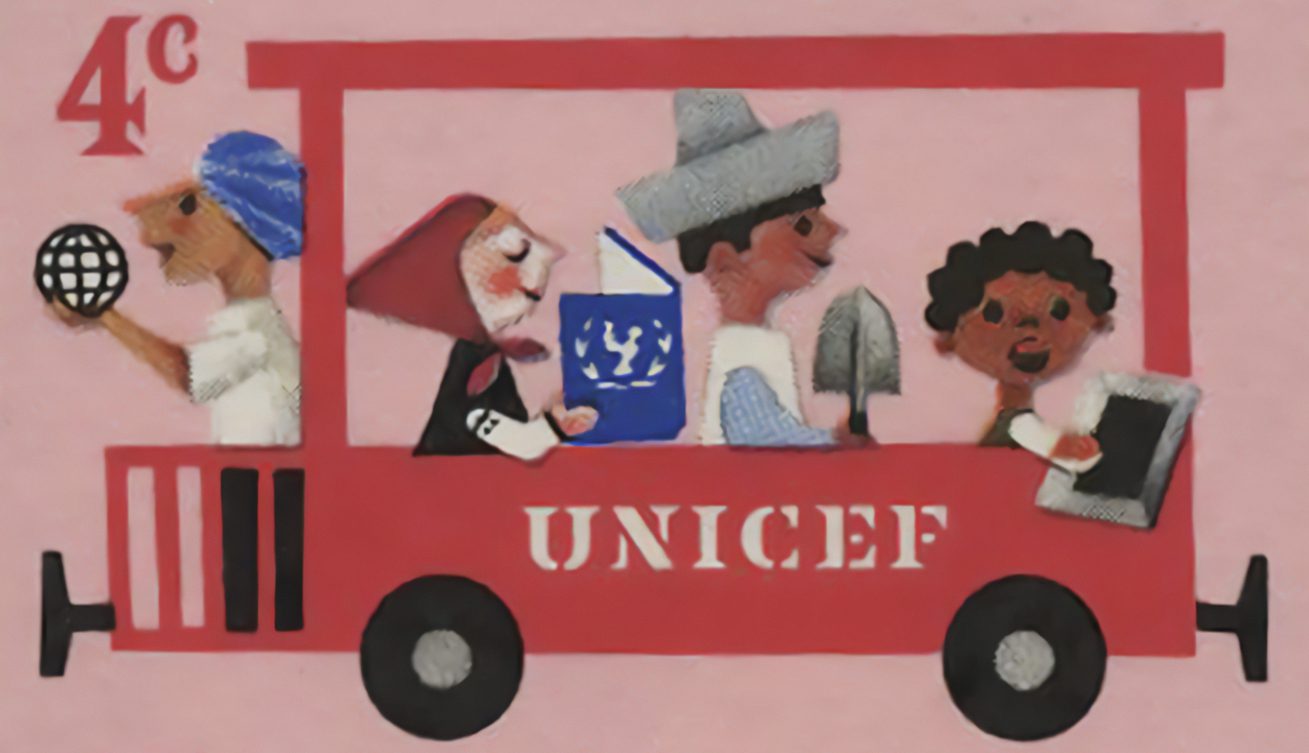
On December 11, 1946, the United Nations created UNICEF, originally known as the United Nations International Children’s Emergency Fund. The world was still reeling from the destruction of World War II, and millions of children were suffering from hunger, disease, and homelessness. UNICEF was founded to bring relief to these young victims and to ensure that the world did not overlook its most vulnerable population during the long road to recovery.
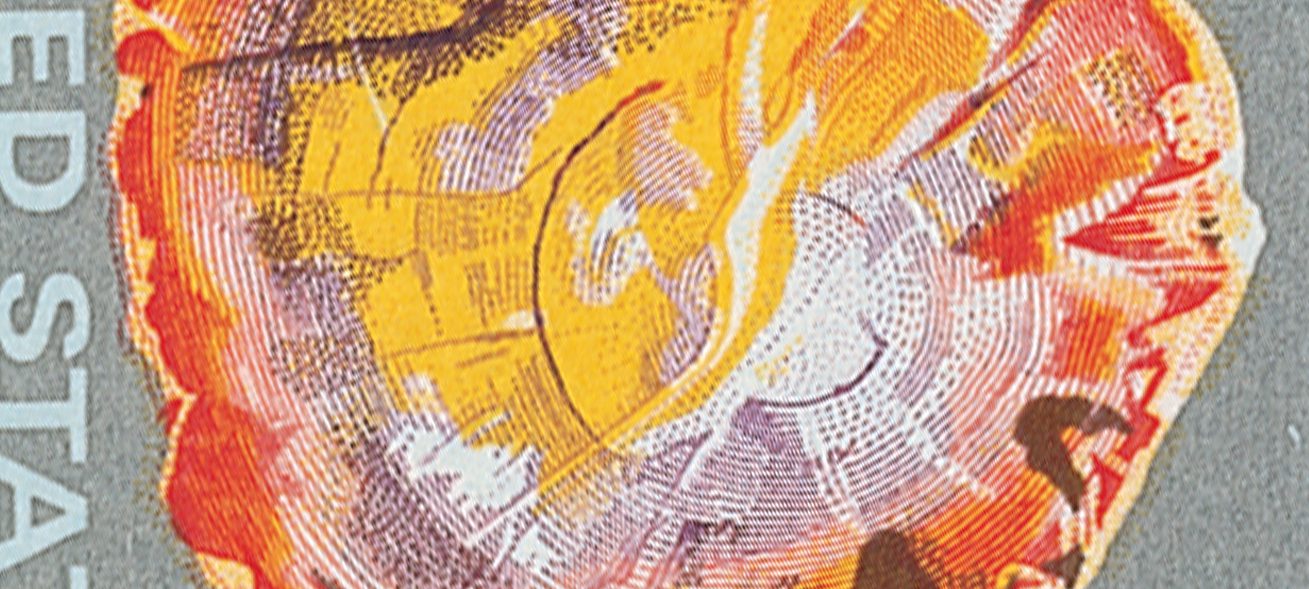
On December 9, 1962, Petrified Forest National Park was officially established, upgrading an already protected landscape into a full national park. The designation ensured stronger protection for its fossil-rich badlands, archaeological sites, and striking deposits of petrified wood, and it marked a major milestone in decades of preservation efforts.
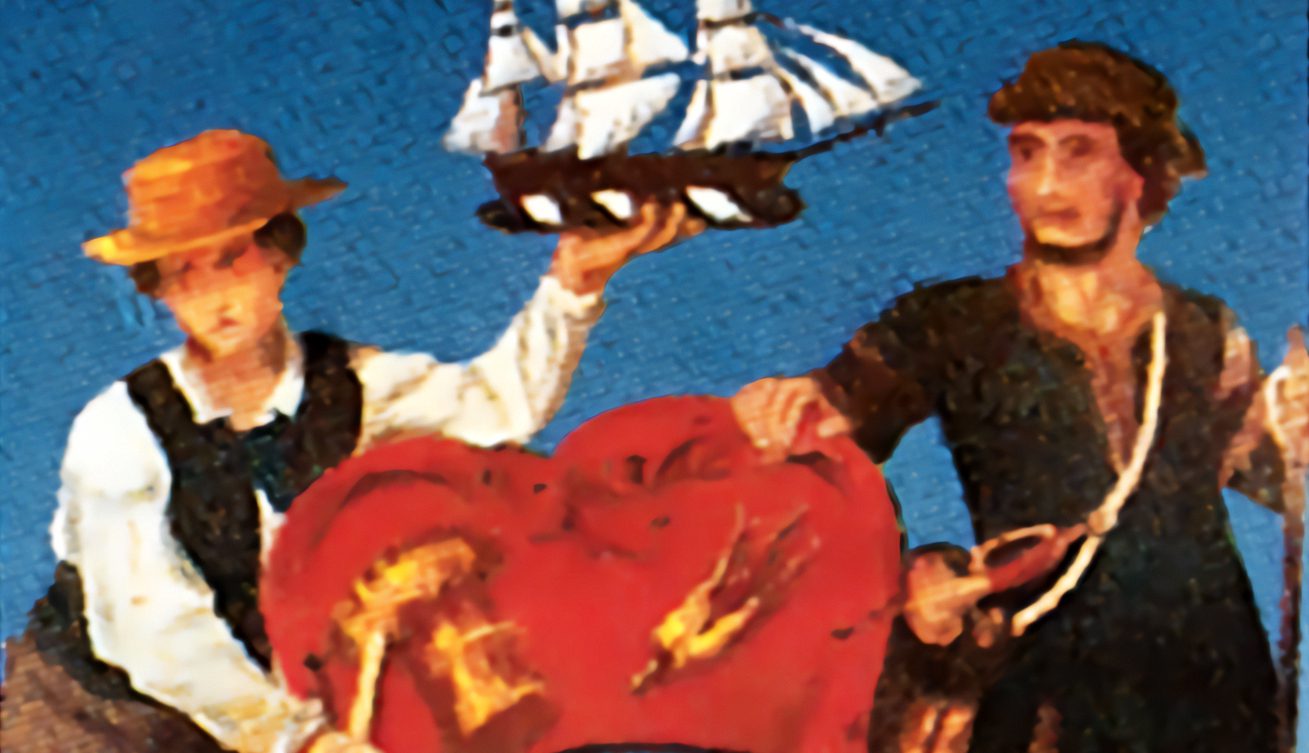
On December 7, 1787, Delaware was the first state to ratify the U.S. Constitution, making it America’s first state. But its quick decision wasn’t just a race to the finish—it marked the beginning of a new national identity, driven by bold choices, fierce debates, and a vote that helped shape the country we know today.
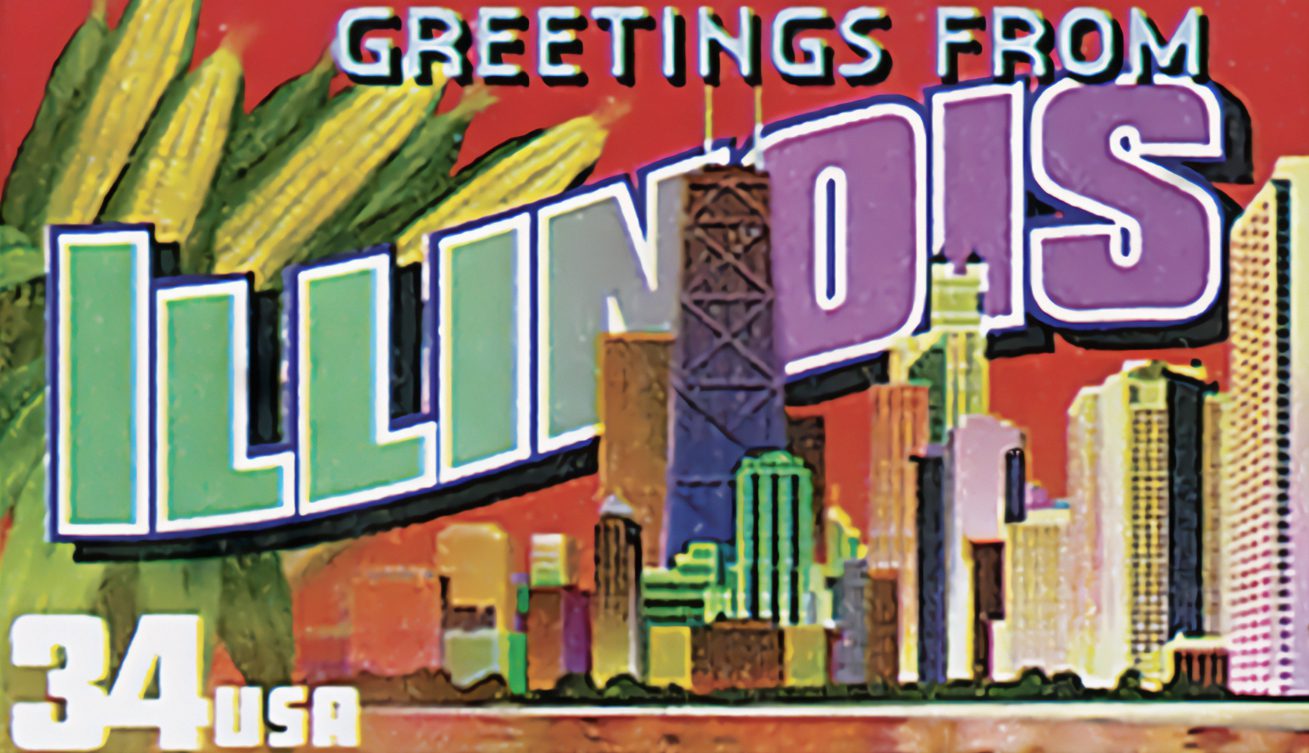
On December 3, 1818, President James Monroe signed the legislation that admitted Illinois as the 21st state in the Union. But the history of Illinois stretches far back before statehood. Long before European explorers arrived, the region was home to complex American Indian cultures whose achievements, alliances, and struggles helped shape the land that would become Illinois.
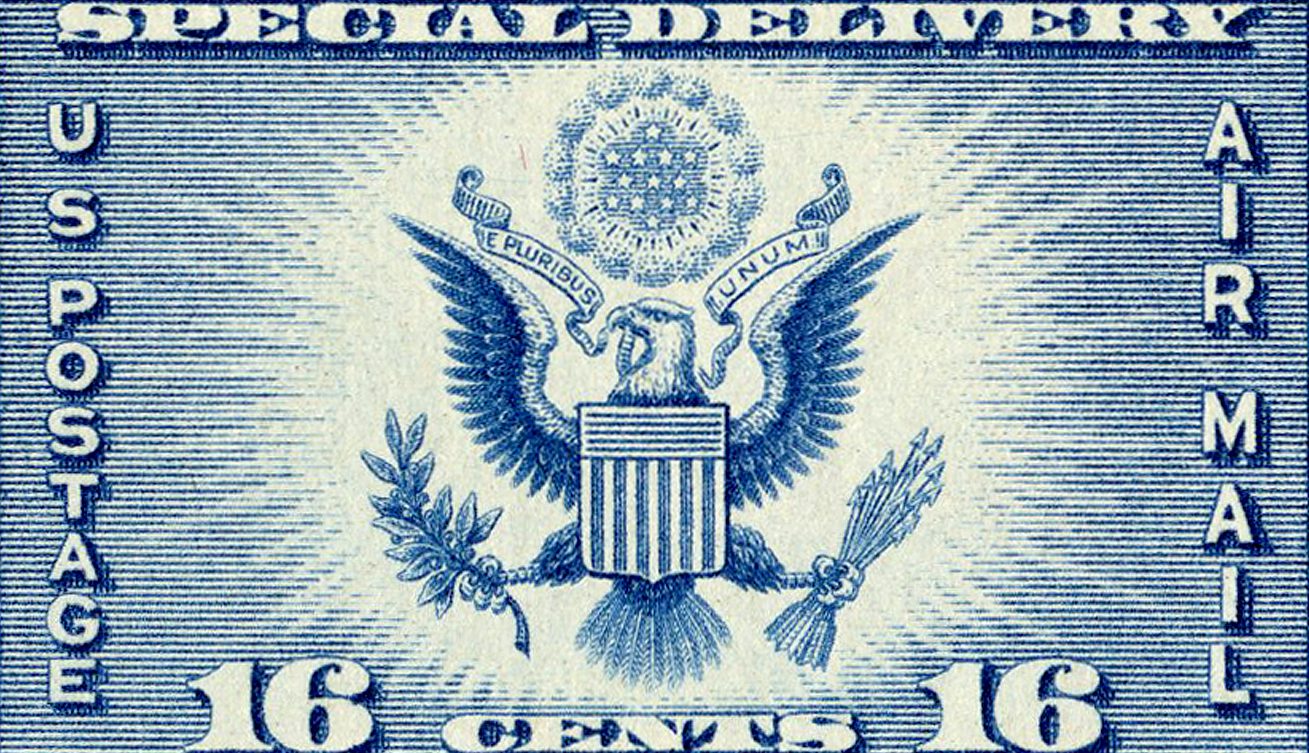
On December 1, 1921, the US Post Office Department opened its Philatelic Agency in Washington, DC, to the benefit of stamp collectors. It became a valuable resource for stamp information and fulfilled requests for stamps – and was sometimes the only place to get certain issues!
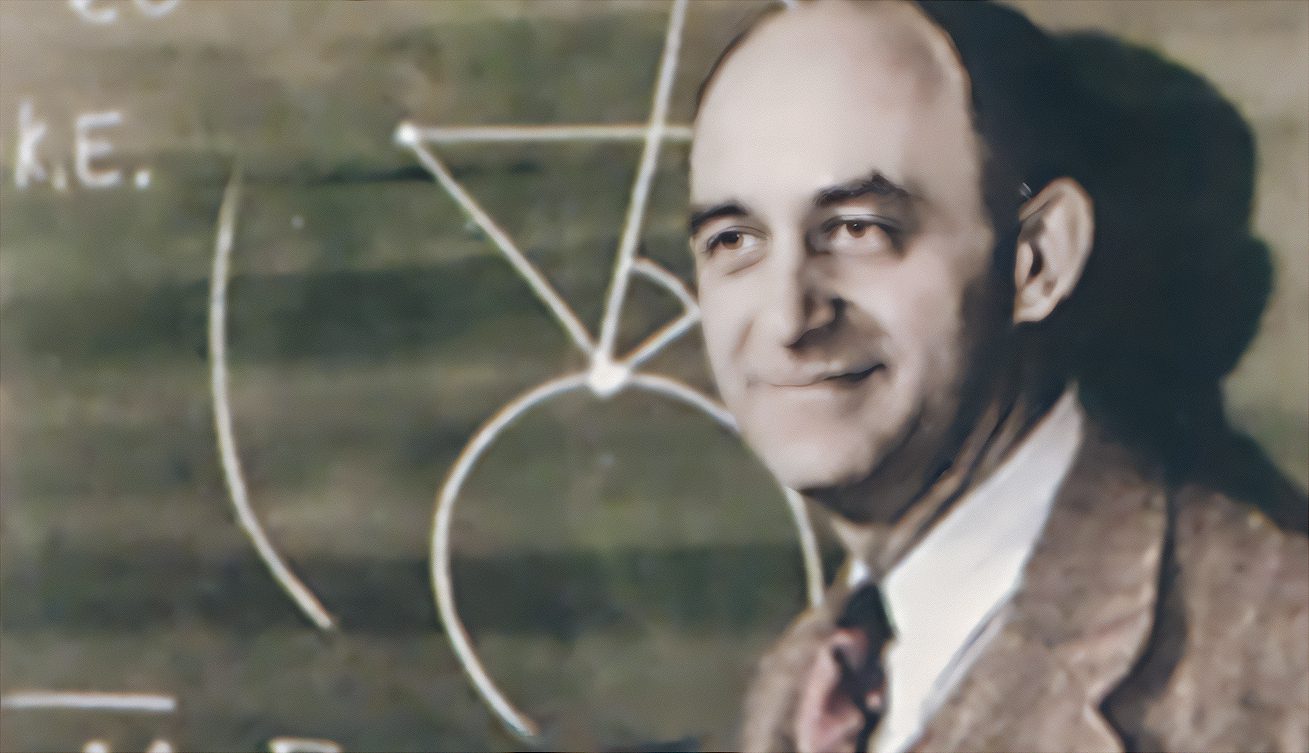
On November 28, 1954, Nobel Prize–winning physicist Enrico Fermi died in Chicago, Illinois. His passing marked the end of the life of one of the most influential scientists of the 20th century—a man whose ideas shaped modern physics and whose work helped usher in the Atomic Age.

On November 26, 1789, Americans celebrated Thanksgiving for the first time under a presidential proclamation. Although people in the colonies had held harvest celebrations of thanks since the 1600s, the idea of a single, nationwide holiday did not yet exist. For more than two centuries, different communities held their own thanksgiving observances at various times of the year, often tied to local harvests, military victories, or special religious moments. It would take national leadership—and eventually the influence of several presidents—to turn Thanksgiving into the unified holiday we know today.